Five Things Young Swimmers Should Watch for at Phillips 66 U.S. Nationals
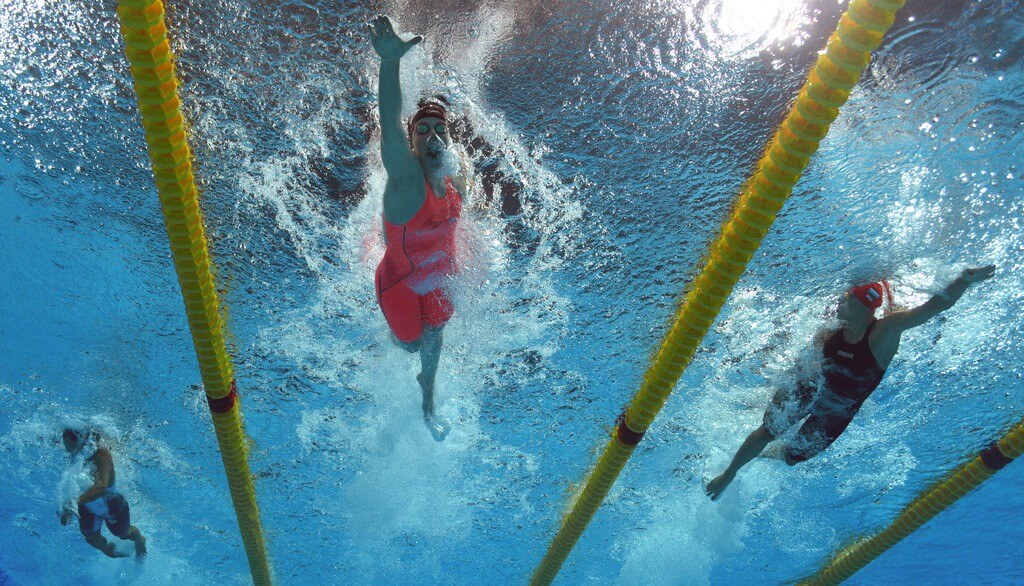
By Norah Hunt, Swimming World college intern.
It is that time of year again! Besides the Olympics, the World Championships are the most exciting international meet to be held. For a couple of days in the United States the swimming nation will watch in awe as the best athletes compete head to head for spots on the elite team.
There will be upsets, rivalries, close finishes, comebacks, utter dominance, and a never ending stream of excitement. Many young swimmers will proudly spend the five days glued to their television screens, watching the races and cheering their idols on to victory.
Here are five things to notice when watching World Champ Trials, besides simply who touches the wall first:
1. Pre-Race Routines
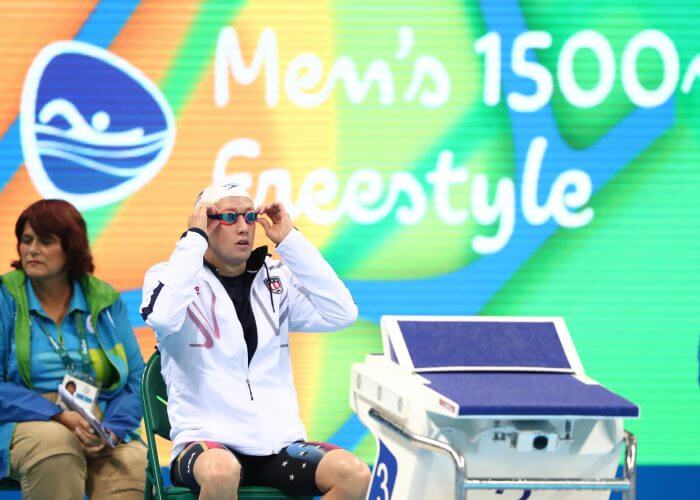
Photo Courtesy: Rob Schumacher-USA TODAY Sports
At elite meets like World Champ Trials, athletes oftentimes have to sit in a ready room for close to ten minutes before they swim, which means that they must find a way to prepare for their races during this time. Some stretch, some talk, some listen to music, and some simply sit in the corner and stare at a wall.
Once they are behind the blocks, they often have a very precise ritual that is followed before every race. These rituals can include stretching, praying, and even dancing! Whatever they do, it is what they have found to be the best way to prepare for their swims and give them the best chance to succeed. Younger swimmers can learn so much from watching these routines, and maybe incorporating different activities into their own pre-race rituals.
2. Technique
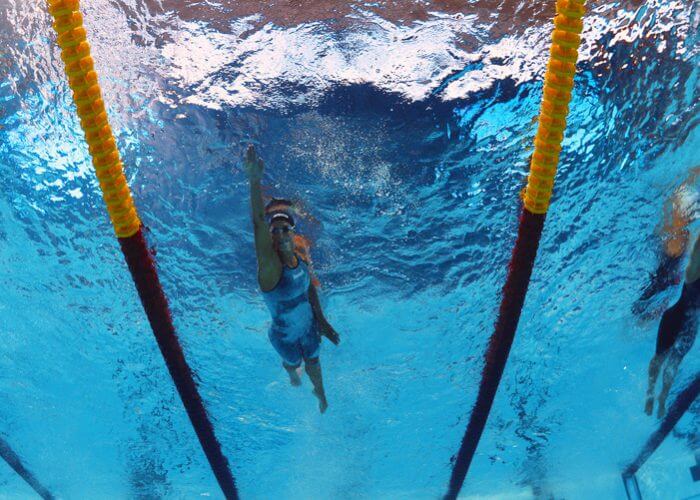
Photo Courtesy: R-Sport / MIA Rossiya Segodnya
This almost goes without saying, but the athletes at World Champ Trials will have some of the best technique in the sport, and eager fans have the perfect opportunity to take note of all the different stroke styles being showcased.
The breathing pattern, tempo, head position, hand entry, and kick are all important aspect of the stroke that should be studied, but it is also important to pay attention to the starts, turns, and underwaters.
Multiple cameras means multiple angles for viewing, and oftentimes the commentators will mention the technique of the different swimmers while they are racing. Younger athletes should pay special note to the technique used, and ask their coach if they would like to make a stroke adjustment.
3. Race Strategy
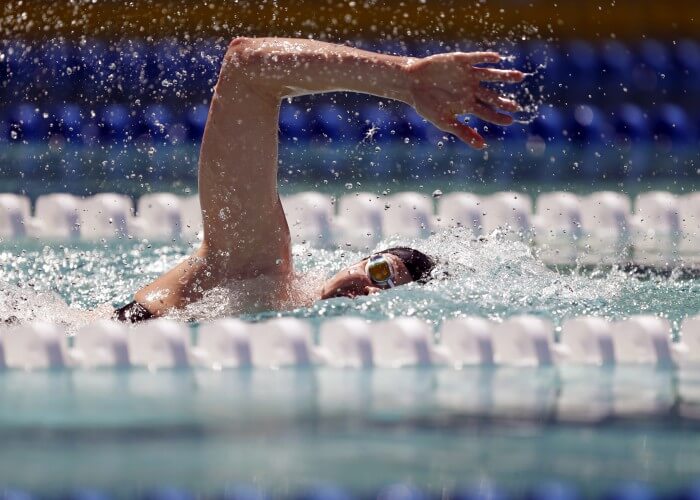
Photo Courtesy: Robert Stanton/USA Today Sports Images
Race strategy is something that many athletes never completely master, but most swimmers at World Champ Trials will still try to have a very specific plan going into their races.
In longer swims, take note of how the athletes pace themselves. Do they start off smooth and build as the race goes on, or do they go out fast and hang on?
In the 200 and 400 IM, pay attention to how different swimmers use their best strokes to their advantage. The best swimmer in the field could be last after the butterfly, only to chase everyone down on the breaststroke.
In shorter races, watch how the best take out their races. Do they rely on their speed to get them ahead or their endurance to help them close? The best part of watching race strategy is that every athlete has a slightly different one, so many finals will showcase the multiple ways an event can be swum.
4. Interviews
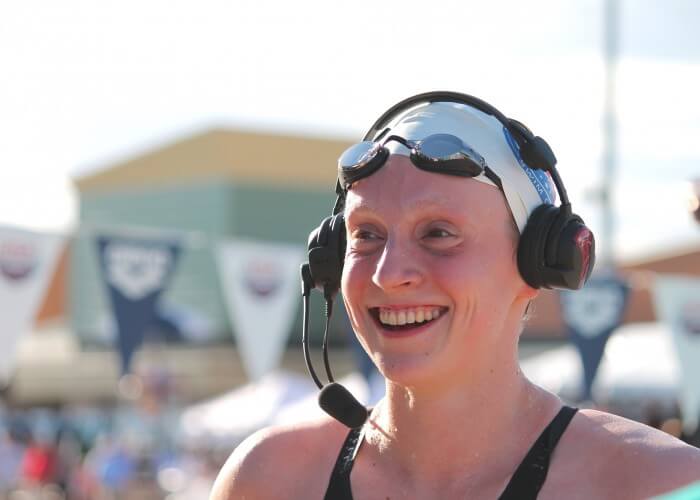
Photo Courtesy: Kara Sekenski
Besides their abilities, one of the key differences between the best athletes and the novices is how they handle the attention from the media. Regardless of whether their race was good or bad, they are expected to provide insightful and meaningful answers to sometimes very difficult questions.
Watch how the best handle success, but also how they handle disappointment. One of the greatest lessons that can be learned from watching meets like this is how to stay composed under high stress environments, and how to bounce back from disappointment.
5. Post-Race Celebrations
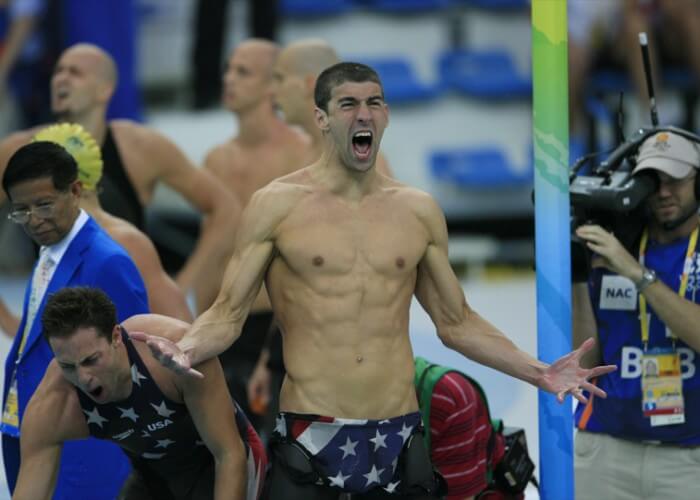
The reactions are truly the best parts of meets like these. The tears, the smiles, the splashes, the fist bumps, the hugs, and the shouts are some of the purest and greatest moments of the week. Whether it’s the newcomer making their first international team or the veteran once again dominating the competition, it is impossible to not become excited watching such honest portrayals of happiness.
Try to use the reactions as motivation. Every swimmer has that race in them, the one that makes them gasp and smile and cry, all at the same time! Watch their success, and then find a way to incorporate what they do into day to day training. And next time maybe you’ll switch from a spectator to a participant!
All commentaries are the opinion of the author and do not necessarily reflect the views of Swimming World Magazine nor its staff.



